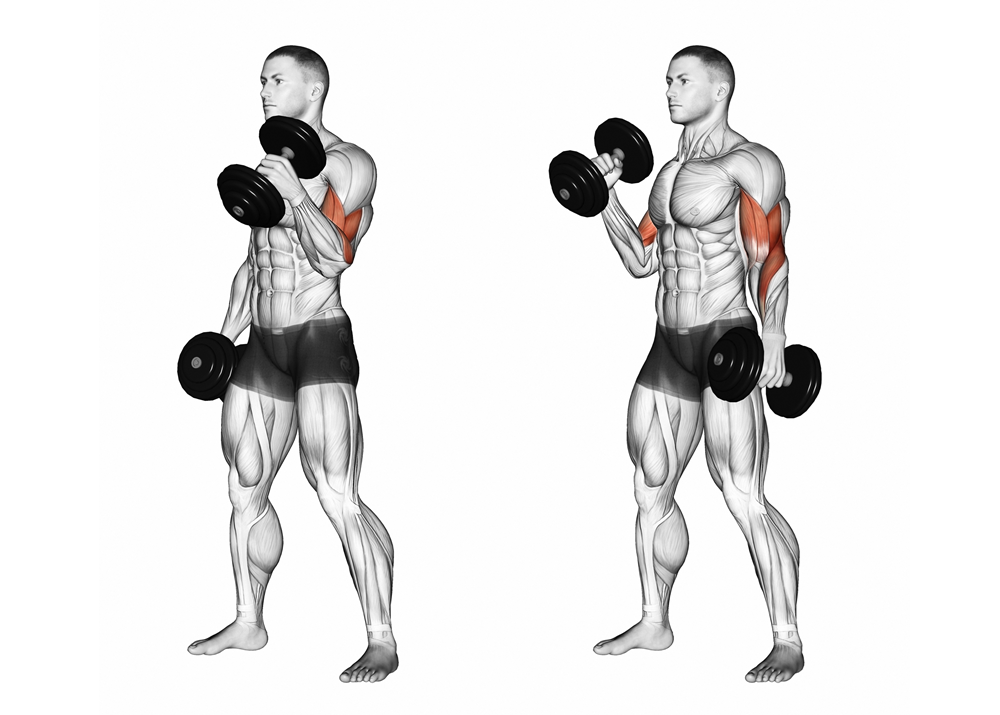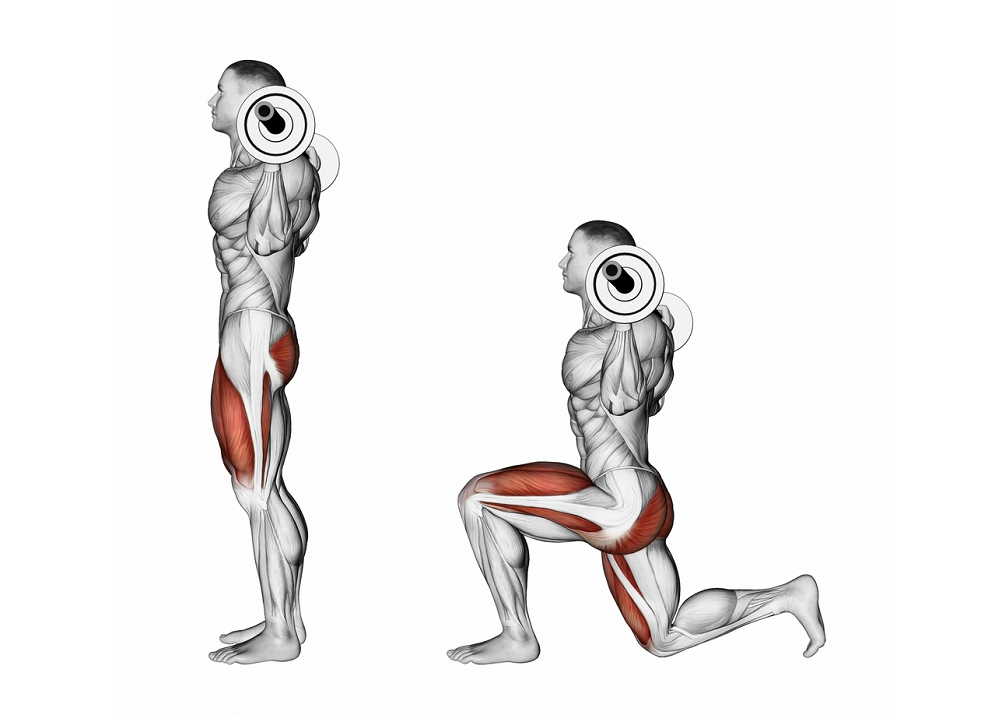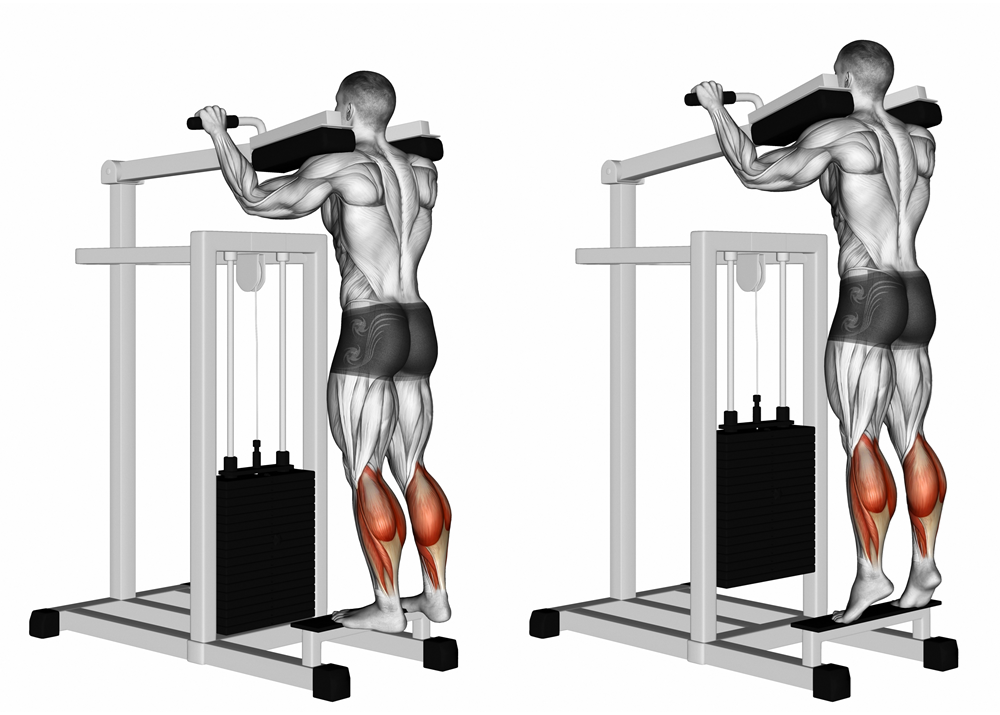When it comes to building strong, defined arms, the bicep curl is a go-to exercise for many fitness enthusiasts. However, not all curls are created equal. By making subtle changes in your grip, you can target different muscles within your arms, leading to more balanced and comprehensive development. In this post, we’ll explore how variations in grip during bicep curls can shift the focus to different parts of your arms and even your forearms, allowing for a more complete upper body workout.
1. Supinated (Underhand) Grip Curls: Building the Peak
The classic version of the bicep curl is performed with a supinated (underhand) grip—palms facing up. This traditional form emphasizes the biceps brachii, particularly the long head, which is responsible for the "peak" of the biceps when flexed.
- Primary Focus: The supinated grip isolates the biceps brachii, especially the long head, which contributes to the height of the biceps peak. The short head is also activated but to a lesser extent.
- Why It Works: The underhand grip maximizes the involvement of the biceps brachii by keeping constant tension throughout the movement. This version is ideal for those who want to develop fuller, rounder biceps.
2. Hammer Curls (Neutral Grip): Arm Thickness and Forearm Strength
Switching to a neutral grip, where your palms face each other, changes the dynamics of the curl. This version, commonly called the hammer curl, shifts the focus away from the biceps brachii and toward the brachialis and brachioradialis muscles.
- Primary Focus: Hammer curls emphasize the brachialis, which lies underneath the biceps, and the brachioradialis, a key muscle in the forearm. Developing the brachialis adds thickness to your arms, making them appear bigger and more muscular.
- Why It Works: The neutral grip reduces stress on the elbow joint while engaging muscles that are often underdeveloped in traditional curls. This grip variation is perfect for anyone looking to add more mass to their arms while strengthening their forearms.
3. Reverse Curls (Overhand Grip): Forearm and Brachialis Emphasis
Using an overhand (pronated) grip during curls significantly alters the muscle recruitment pattern. Reverse curls are less about the biceps and more about strengthening the brachialis and forearms.
- Primary Focus: Reverse curls target the brachialis muscle more intensely, along with the brachioradialis. Since the biceps are in a mechanically disadvantaged position in this variation, the forearms do much of the work, making this version highly effective for forearm development.
- Why It Works: By shifting the emphasis to the brachialis and forearms, reverse curls create more balanced arm development. Many people overlook this variation, but it’s essential for building a strong and functional upper body, especially for activities that require grip strength.
4. Concentration Curls: Enhancing Isolation
Though not specifically a grip change, concentration curls involve a unique body position that isolates the biceps even more. By leaning forward and bracing your upper arm against your thigh, you can perform curls with a supinated grip while limiting the involvement of other muscles.
- Primary Focus: Concentration curls target the biceps brachii and force maximum contraction at the peak of the movement. This version enhances isolation and helps develop a pronounced biceps peak.
- Why It Works: The seated, isolated position eliminates cheating or momentum, making the biceps work harder during each rep. This variation is excellent for those looking to fine-tune their bicep shape and improve their mind-muscle connection.
Why Grip Changes Matter for Muscle Development
Understanding how grip changes affect muscle recruitment allows you to target specific areas of your arms that may need extra attention. For example:
- If you want to build that classic “bicep peak,” focus on supinated curls.
- If arm thickness is your goal, hammer curls are your best bet.
- For improved forearm strength and balanced arm development, reverse curls are essential.
By incorporating all three grip variations into your workout routine, you can ensure that your arms develop in a balanced, comprehensive way. Additionally, grip variations reduce the risk of overuse injuries by alternating which muscles bear the brunt of the load.
Practical Application: Programming Your Bicep Routine
To fully take advantage of grip variations, you can structure your workout like this:
- Supinated Grip Curls (Barbell or Dumbbell): 3 sets of 8-12 reps. Focus on form and avoid swinging your arms to ensure that your biceps do most of the work.
- Hammer Curls: 3 sets of 8-12 reps. Perform these with dumbbells or a rope attachment on a cable machine for variety.
- Reverse Curls: 3 sets of 10-15 reps. Since this variation emphasizes forearms, consider higher reps for endurance and strength development.
- Concentration Curls: 2 sets of 12-15 reps (optional). Use these as a finishing exercise to fully exhaust your biceps and improve your muscle-mind connection.
Conclusion
Bicep curls might seem like a straightforward exercise, but small tweaks in grip and position can dramatically alter the muscles being targeted. By varying your grip, you can develop both the size and shape of your biceps while strengthening your forearms and improving your overall arm strength. Whether you’re aiming for peak development, thickness, or forearm strength, integrating these curl variations into your routine will ensure well-rounded muscle growth.
So next time you hit the gym, remember that a simple change in grip can lead to big changes in your muscle development!



